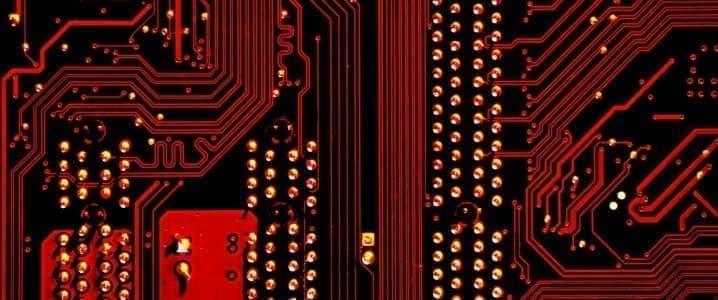The computing industry is running out of energy. Though the technology in computer chips has been growing smaller and more energy efficient at a rapid clip for decades, advancements are set to slow down rapidly due to fundamental physical limitations. This is unfortunate timing, as the tech sector’s energy demands (and chip demands) are set to skyrocket as the growth of artificial intelligence’s already prodigious energy footprint outpaces the growth of new energy production capacity.
“The semiconductor industry will soon abandon its pursuit of Moore’s law,” Nature reported back in 2016. “Now things could get a lot more interesting.” Moore’s law refers to the principle that the quantity of transistors that fit on a microprocessor chip will double approximately every two years. While that law has largely held true, it’s no longer realistically viable. “The doubling has already started to falter, thanks to the heat that is unavoidably generated when more and more silicon circuitry is jammed into the same small area,” the Nature article continued.
According to a roadmap report from the Institute of Electrical and Electronics Engineers (IEEE), the energy efficiency of digital logic will plateau before the end of the decade. Traditional computer chips have pretty much gotten as small as they possibly can, barring a major overhaul in the most fundamental ways that computer chips work.
And some scientists argue that this is exactly what’s in order – a complete overhaul. One such alternative approach is through reversible computing. In reversible computing, no information is ever deleted – a total reorientation of how information is processed and stored. Erasing information requires computational energy, which is lost as heat. Undoing computation – rather than erasing the steps – can actually save energy in the long run.
“We keep getting closer and closer to the end of scaling energy efficiency in conventional chips,” says Michael Frank, a pioneer and decades-long advocate of the still-nascent technology. says. According to Frank, the coming stall-out of semiconducting advancement is “going to require more unconventional approaches like what we’re pursuing.”
While this kind of computation has languished in academia and thought experiments for decades, it might finally have its day in the sun. “There aren’t that many other ways to improve power,” Christof Teuscher, a researcher specializing in unconventional approaches to computing at Portland State University, recently told Quanta Magazine. “Reversible computing is this really beneficial, really exciting way of saving potentially orders of magnitude.” As such, the relatively obscure model is gaining traction in tech circles.
This burgeoning tech theory is not new, but is more relevant – and therefore closer to becoming a practical reality – than ever before. In fact, a reversible computing chip startup called Vaire Computing is already hard at work developing a commercial model. They’ve already announced the tape-out stage of the chip design, which the company claims is capable of recovering half of the energy used in the chip’s resonator circuit.
This rapid advancement in reversible computing research and development is driven by its unique relevance and utility in the context of artificial intelligence. “Computations in AI are often run in parallel, meaning different processors each run one part of a computation. This creates an opportunity for reversible computing to shine,” stated a recent report from IEEE Insider. “If you run reversible chips more slowly, but use more of them to compensate, you end up saving energy: The advantage of running each chip more slowly wins out against the disadvantage of running more chips,” the report went on to say.
Reversible computing isn’t the only innovative response to runaway digital energy demand out there, but it may soon become one of the forerunners. It’s competing against other equally futuristic-sounding technological alternatives such as quantum computing, as well as (relatively) simpler solutions like algorithms based in integer addition instead of the more traditional floating-point multiplication (FPM). It’s still unclear which of these approaches will become the new normal, but it’s clear that as Moore’s law loses steam, disruption is impending.
By Haley Zaremba for Oilprice.com
More Top Reads From Oilprice.com
